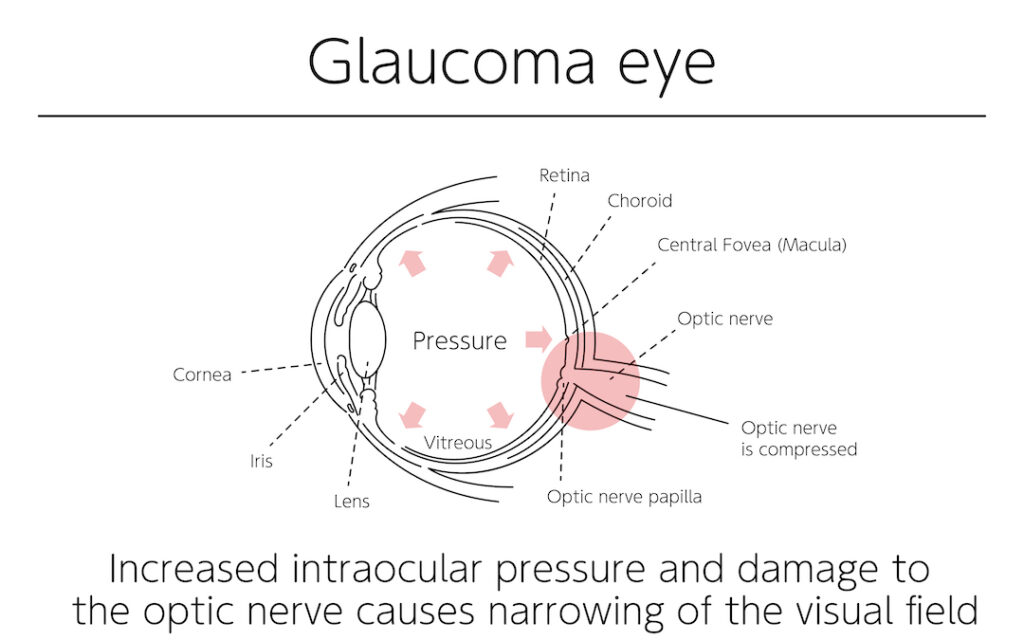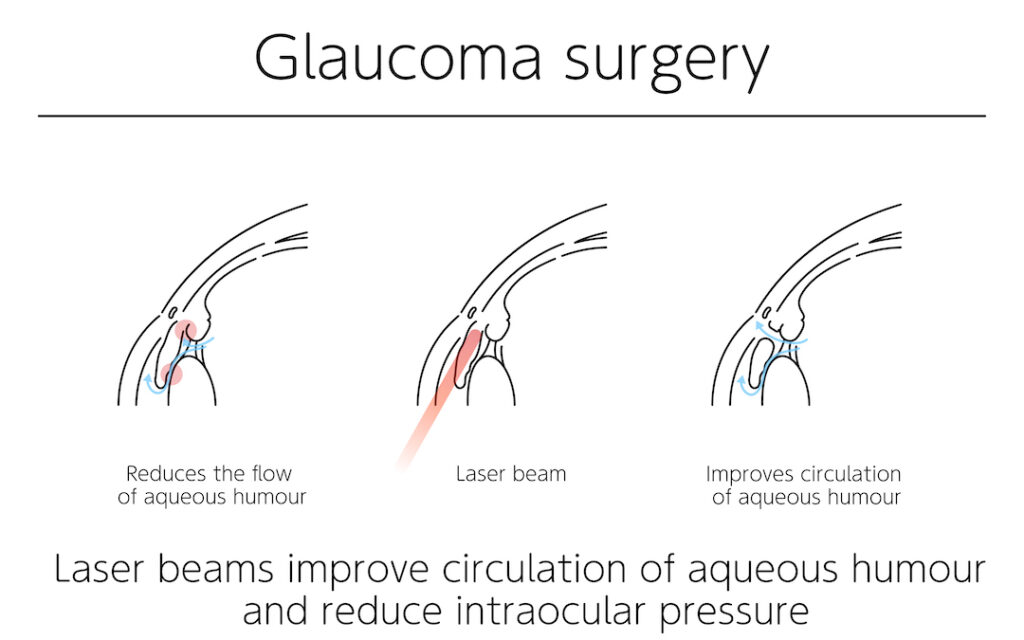The Eyes Have It: Gene Therapy Offers Hope for Glaucoma Treatment
(Posted on Friday, November 10, 2023)

Senior woman in glasses rubs her eyes, suffering from tired eyes, ocular diseases concept
This article was published on Forbes on 11/3/2023.
This story is part of a series on the current progression in Regenerative Medicine. This piece is part of a series dedicated to the eye and improvements in restoring vision.
In 1999, I defined regenerative medicine as the collection of interventions that restore to normal function tissues and organs that have been damaged by disease, injured by trauma, or worn by time. I include a full spectrum of chemical, gene, and protein-based medicines, cell-based therapies, and biomechanical interventions that achieve that goal.
Glaucoma is a common eye disease that affects millions of people worldwide. According to the World Health Organization (WHO), glaucoma is the second leading cause of blindness globally. In the United States alone, it is estimated that over three million people have glaucoma, with half unaware of it.
Glaucoma is a complex and chronic eye disease that can cause damage to the optic nerve and lead to vision loss. It is caused by high intraocular pressure that damages the optic nerve over time. Glaucoma can affect anyone but is most common in individuals over 60, those with a family history of the disease, and individuals of African, Hispanic, or Asian descent.
What is Glaucoma?
Glaucoma is a disease that damages the optic nerve, which is responsible for transmitting visual information from the eye to the brain. This condition is caused by a build-up of fluid pressure inside the eye, known as intraocular pressure (IOP). When the intraocular pressure is abnormally high, it can put excessive stress on the optic nerve and cause damage over time.

Illustration, Glaucoma of the eye, Medical Illustrations.
There are two main types of glaucoma: open-angle glaucoma and angle-closure glaucoma. Open-angle glaucoma is the most common type and occurs when the eye’s drainage system becomes clogged, leading to a gradual increase in IOP. Angle-closure glaucoma, on the other hand, is less common and occurs when the iris blocks the eye’s drainage system, leading to a sudden increase in IOP.
Several factors can increase the likelihood of developing glaucoma, including genetics, age, high blood pressure, and diabetes. Additionally, certain medications, such as steroids, can increase IOP. Eye injuries, infections, and inflammation can also contribute to the development of glaucoma.
Although the exact biological mechanisms responsible for glaucoma are not fully understood, researchers believe that damage to the optic nerve is caused by a combination of factors, including oxidative stress, inflammation, and abnormal blood vessel growth. Early diagnosis and treatment of glaucoma are essential for preventing vision loss, as the condition often has no symptoms until it has progressed to an advanced stage.
Treating Glaucoma
Fortunately, different treatments are available to manage glaucoma and prevent vision loss. These treatments include medication, surgery, and device-based therapies, such as laser trabeculoplasty.
Medications are usually the first line of treatment for glaucoma. They work by lowering pressure and preventing further damage to the optic nerve. Prostaglandin analogs, beta-blockers, alpha-agonists, and carbonic anhydrase inhibitors are commonly prescribed medications for glaucoma.
Surgical options are available for those with more advanced glaucoma or those who cannot tolerate medications. Trabeculectomy is a surgical option that creates a new drainage channel to reduce intraocular pressure. It facilitates the drainage of the aqueous humor, specifically.
During this treatment, a surgeon creates a small opening, or “shunt,” in the sclera and removes a portion of the trabecular meshwork, the sieve-like structure through which the aqueous humor flows out of the eye. This new channel allows excess fluid to drain, thus decreasing the pressure that can damage the optic nerve.
Trabeculectomy is highly effective in lowering intraocular pressure and is often considered when other methods, such as medications or laser therapy, have failed to control glaucoma. However, the procedure carries some risks, including infection, excessive bleeding, and vision loss.
Another option for the treatment of glaucoma is laser therapy. These are promising treatment options for glaucoma patients due to their ability to improve fluid drainage from the eye, thereby reducing intraocular pressure. There are two primary laser therapies for glaucoma: laser trabeculoplasty and selective laser trabeculoplasty.

Illustrations, Glaucoma surgery, Medical Illustrations.
Laser trabeculoplasty involves using a laser to open up the drainage channels in the trabecular meshwork, allowing for better fluid outflow. On the other hand, selective laser trabeculoplasty selectively targets and treats specific areas of the trabecular meshwork while leaving other sites untouched. This precision laser energy targeting can lead to fewer side effects than traditional laser therapies.
Ongoing research aims to improve the efficacy of glaucoma treatments, reduce their side effects, and extend their duration of activity. Furthermore, the genetic basis of glaucoma is being explored through genome-wide association studies, which may lead to new and more effective treatment options. Promisingly, gene therapy options are now emerging as a new avenue for treating glaucoma.
Cutting-edge Gene Therapy for Glaucoma
Gene therapy aims to alter the genes responsible for glaucoma to prevent further damage to the optic nerve. By targeting the specific genes that contribute to this condition, gene therapy can potentially halt or even reverse the progression of glaucoma.
Gene therapy is an innovative and promising approach to treating glaucoma. This therapy involves introducing healthy genes into the eye cells to repair or replace damaged genes responsible for the disease. One study published in the Journal of Clinical Investigation demonstrated the efficacy of gene therapy in reducing intraocular pressure (IOP) and preventing optic nerve damage in animal models of glaucoma.
Researchers have also focused on targeting specific genes and pathways involved in the development of glaucoma, such as oxidative stress and inflammation. Additionally, advancements in genetic engineering technology, such as CRISPR-Cas9 and optogenetic techniques, offer the potential to develop more precise and effective gene therapies for glaucoma and related ocular disorders.
What’s Next?
Through continued research and exploration of the biological basis of glaucoma, we can better understand the mechanisms that drive this condition and develop more innovative treatment options. With better preventive measures and more effective management strategies, we can reduce the risk of vision loss and blindness.
To learn more about the eye, read more stories at www.williamhaseltine.com

